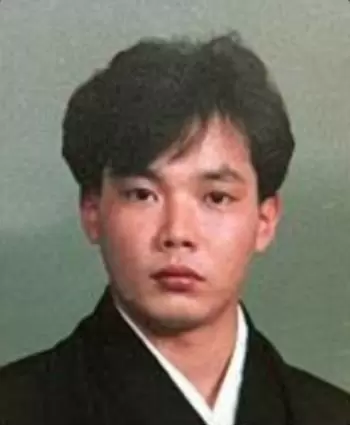
Hisashi Ouchi was the victim who has been exposed to the highest dose of nuclear radiation in history.
The incident took place in Tokaimura on 30 September 1999 - 130 km northeast of Tokyo, Japan. The tragedy occurred at a JCO plant (Japan Nuclear Fuel Conversion Company) nuclear fuel factory and directly involved three plant workers. Authorities evacuated 300,000 people from the closest areas.
The Tokaimura nuclear accident is the fourth most serious nuclear accident in history after those of the nuclear power plants of Three Mile Island (USA), Chernobyl (present-day Ukraine, former the Soviet Union) of Fukushima nuclear facilities, also in Japan.
Why did the catastrophe occur?
The wrong mixing of uranium oxide and nitric acid in a tank caused a catastrophe in the Japanese nuclear plant. The structure, not having a nuclear reactor, did not have adequate security and evacuation measures. The law established a limitation of enriched uranium to avoid a nuclear chain reaction, but the workers increased this amount significantly.
The accident in the Tokaimura plant took place at 10:30 in the morning. The large amount of enriched uranium got enough critical mass to reach criticality. Consequently, it triggered a chain reaction of nuclear fissions. The chain reaction implies the emission of neutrons and gamma rays.
Gamma rays are the most dangerous type of radioactivity for health.
The three workers involved observed a blue flash, an unmistakable signal and due to the emission of neutrons.
The three workers involved were:
-
Yutaka Yokokawa (54)
-
Masato Shinohara (40)
-
Hisashi Ouchi (35)
How much radiation did Hisashi Ouchi receive?
Hisashi Ouchi was the most affected: he was exposed to an amount of radiation between 10,000 and 20,000 millisieverts. It is the highest radiation exposure that a human being has ever recived.
The millisievert is the unit of measurement of the effects and damages caused by ionizing radiation in an organism. The maximum safe threshold for radioactivity exposure level is 50 millisieverts.
What were the effects of the radiation Hisashi Ouchi received?
Ouchi fainted and was quickly transferred to the University of Tokyo hospital. There he received medical attention and was able to speak with doctors, but it was not long before the effects of the radioactive wave manifested themselves.
Essential portions of Hisashi Ouchi's body began to detach. The gamma rays had destroyed most of the chromosome set with the consequence of irreversible damage to the body. He had a near-zero white blood cell count.
How did Hisashi Ouchi die?
Hisashi Ouchi's death occurred just 83 days later. Throughout the time, the man lost 20 liters of body fluids per day. Doctors put him through various treatments, including skin grafts, blood transfusions, and stem cell transplants given by his sister.
Failing to work, Ouchi was put into an induced coma not to have to endure such agony.
The shot of the lifeless body torn by radiation became famous and was featured in the bestselling book "A Slow Death: 83 Days of Radiation Sickness."
What happened to the other two workers and the surrounding area?
Masato Shinohara was exposed to a radiation dose of 6,000 - 10,000 millisieverts and died on April 27, 2000, after months of treatment.
His colleague Yutaka Yokokawa, who had been exposed to a radiation level of between 1000 - 5000 millisieverts, managed to survive after some time in hospital.
Incredibly, authorities did not notice the expected radiation rate in the surrounding area. However, 119 people were contaminated with low intensity radioactivity.
Legal consequences
The criminal trial began in April 2001, and six company officials, including Kenzo Koshijima (56 years old), head of the plant. His sentence included three years in prison and a fine of 500,000 yen.
An investigation was also carried out on Tomoyuki Inami, then president of the JCO and representative of the company. Five other defendants from the company were sentenced to between 2 and 3 years in prison, later suspended, and the company had to pay a fine of 1 million yen.
During the trial, the responsibility of the competent government accused of not having exerted adequate pressure against the JCO also emerged.
Finally, they were declared guilty for the breach of safety regulations. The responsibility was attributed to those who did not adequately train their employees. Subsequently, the company had its permission to continue in the uranium processing business revoked.
A food company and 400 families have asked the representative of the company for compensation of 650 million yen.

